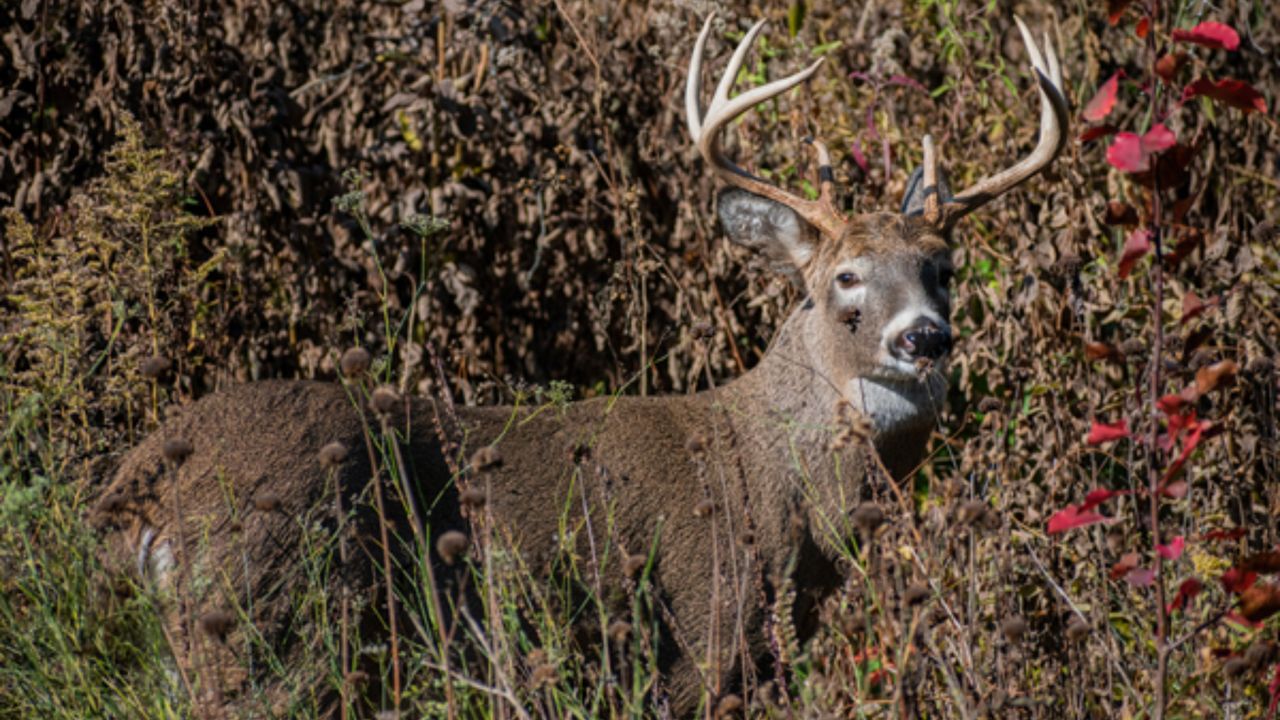COLUMBUS, Ohio — Since the start of this deer hunting season, officials with the Ohio Department of Natural Resources Division of Wildlife have confirmed 27 cases of white-tailed deer testing positive for Chronic Wasting Disease.
These positive cases were confirmed in Allen, Hardin, Marion and Wyandot counties, according to an ODNR press release. The majority came from Wyandot, which had 21 positive cases.
“CWD is a fatal neurological disease that affects white-tailed deer and other similar species, including mule deer, elk, and moose,” the release reads. “According to the Centers for Disease Control and Prevention, there is no strong evidence that CWD is transmissible to humans.”
A total of 2,734 deer were tested during the season. The deer for testing came from hunters and “targeted removal efforts in February and March.” The release notes that deer removals after the hunting season is with the intention of slowing the disease’s spread.
This updated count brings the total positive cases in Ohio to 49 since 2020. The ODNR will continue to sample for this disease during the next deer hunting season. They also established an area to monitor the disease spread.
“Additional hunting opportunities and special regulations are in effect in the disease surveillance area, which includes all of Hardin, Marion, and Wyandot counties as well as Auglaize and Jackson townships in Allen County.” The release reads. “The Ohio Wildlife Council approved the inclusion of Auglaize and Jackson townships of Allen County in the disease surveillance area for the 2024-25 hunting season.”
According to the ODNR, the disease was discovered in the wild back in 2020, and they have had regular surveillance for it since 2002.
“CWD has been detected in 30 states and four Canadian provinces,” the release reads. “The disease was first discovered in the 1960s in the western U.S.”



